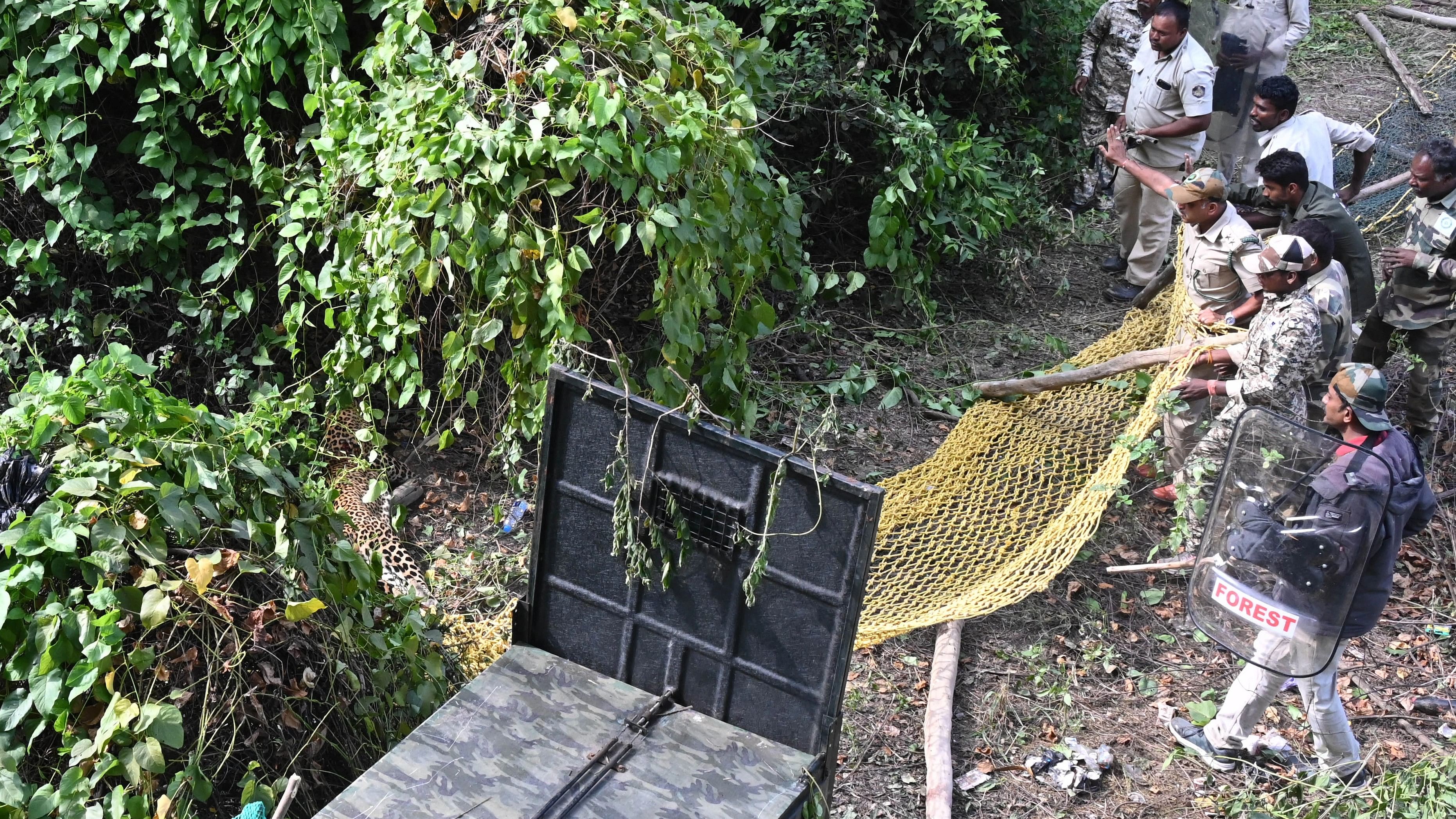
Wildlife activists have called for proactive measures in managing human-animal encounters following the chase and eventual death of the leopard.
Acknowledging that the team did whatever they could, conservationists dubbed the big cat’s death as “unfortunate and avoidable”.
A prominent conservationist, speaking on condition of anonymity, noted that tranquilising is only effective when performed by an experienced shooter at a close range of 20 to 30 feet, “especially within enclosed spaces”.
Urban ecologist Dr Sudhira of Gubbi Labs admitted that emergency situations may necessitate deviations from standard procedures, if deemed necessary. “If decision makers thought it was needed for public safety, it is valid,” he said. “I think it should have been handled better in consultation with experts.”
He said the leopard’s viral videos might have heightened public anxiety and worsened the situation.
Conservationist Praveen Bhargav said capturing an animal alive is more important than shooting it, although each unique situation might warrant a site-specific approach.
Stressing on the importance of following protocol, he asked, “Did the chief wildlife warden issue a written order to his subordinates to shoot the leopard with clear reasoning?”
Bhargav called for a high-level and independent inquiry by experts into the facts and circumstances that played out on Wednesday.
He also said that the police should establish an outer cordon around rescue operations, preventing public interference and maintaining discretion once the animal is captured.
“If the animal is captured, it is important to not parade it, to keep it covered and away from public glare,” Bhargav said.
The experts urged the government to adopt a forward-looking approach to man-animal conflicts, since such incidents would only rise with fading forest cover. The government must adopt strategies prioritising the protection of forest boundaries and wildlife to reduce human interference in the forest ecosystem and address the root cause of such conflicts, they added.